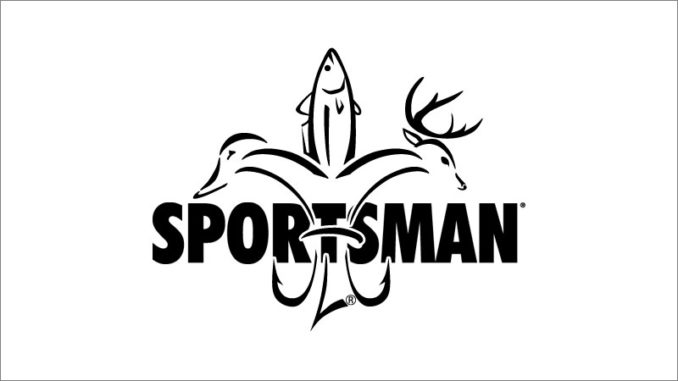
Greg Waite of Visions of Nature Taxidermy is alarmed because he thinks chronic wasting disease could pop up in North Carolina.The Davidson County taxidermist could be right.
“I’m worried there are guys who are going to West Virginia, for example, will kill a deer there, bring it back to this state, take it to a taxidermist who is gonna tell them he can’t accept the deer because it’s from a CWD state,” he said. “And the guy’s gonna take the deer home, cape it out, cut off the antlers and throw the remains out in a field or in the woods.
“There’s already a study showing deer in a pen got CWD from a carcass from another deer that had the disease. (The decomposed deer’s tissue) got into the grass, the healthy deer in the pen ate the grass, and three of the 12 deer in that pen got the disease.
“That’s how CWD is going to get into North Carolina — from people tossing out deer carcasses.”
Scott Osborne, the just-retired WRC big-game project leader, doesn’t necessarily disagree but said another method may occur.
“The main way it’s likely to get here is by somebody bringing in a live deer,” he said.
Although Waite’s scenario makes sense, Osborne’s is probably more likely. The CWD case Waite cited occurred at an enclosure where deer and elk had years of close contact, not in the wild.
Waite’s worries about people not knowing about CWD regulations may be true. However, Tar Heel deer hunters had better know the rules and we’d better do what’s needed to keep this fatal disease away from our native deer. Ignorance no longer is an excuse.
“It’s on the hunters now,” Osborne said. “It’s their responsibility to know (the rules).”
These rules are plainly stated in the 2006-06 N.C. Fishing, Hunting and Trapping Regulations Digest (page 37). The short version is no one should bring into North Carolina the brain or spinal-cord tissue from a “cervid” (deer, elk, moose) killed at a CWD state. It’s OK to bring in boned-out meat, capes or antlers.
These rules aren’t new; the WRC has asked hunters to follow them for a couple of years. But the “grace period” has ended.
One N.C. taxidermist said he asked a high-ranking WRC official what he should do in case a hunter brings him a CWD-state deer.
“(The WRC official) told me to call a wildlife enforcement officer,” the taxidermist said.
Osborne disagreed, noting it wasn’t a taxidermist’s job to enforce WRC laws.
“Just follow the law … it’s on the hunters now,” Osborne said.
Waite observed most states have meat processors who will, for a small fee, bone out and package deer, elk or moose venison.
“It’s usually about $50,” he said. “Anybody can pay that.”
Evin Stanford, the current WRC deer biologist, said deer body parts should be buried at a landfill; that stymies the disease.
But Waite also was correct in saying “if somebody doesn’t get the word out, we are playing Russian roulette in trying to keep CWD out of North Carolina.”
Hunters can help keep CWD out of N.C.’s wild whitetails. If we don’t, we face having to kill tens of thousands of deer.
And who wants to be responsible for such a disaster?



